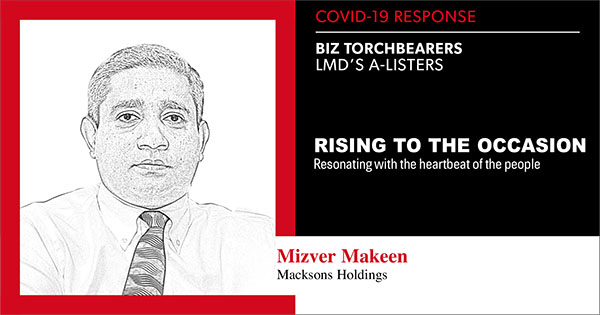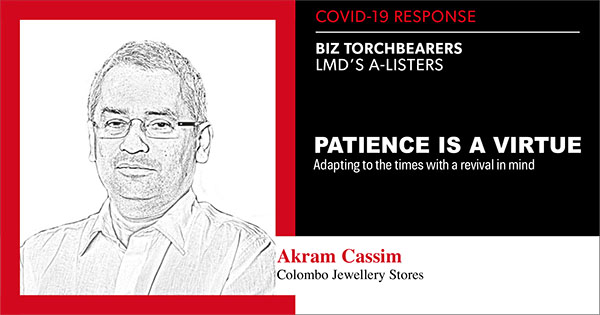Q: How has your organisation played a part in mitigating the impact of the COVID-19 crisis?
By supporting all stakeholders and positively responding to all challenges, identifying and pursing opportunities, and reimagining future possibilities.
This is a summary of what we communicated to all staff to promote actions that would safeguard the entity and stakeholders alike.
All businesses were quick to look at new products, processes and services in their reaction – including measures to boost process based improvements in efficiency. These included better cash flow and working capital management, and new ways of doing business.
We never lost sight of tomorrow amidst what was taking place today; new products such as manufacturing face masks and steam inhalers, to cloud based applications for the healthcare sector, were launched within a couple of weeks.
And we extended working capital through better supplier assistance and reduced work in progress. A taskforce was in place to cover all areas from HR and business resurrection, to focussed action in other areas such as governance, risk and compliance.
This helped maintain deep touch points throughout the entity, internally and externally with all stakeholders, to build hope and activate mature responses.
Q: In what spheres has this assistance made a mark?
In terms of the community, applications and contactless communication facilities were introduced, for the healthcare sector and authorities to manage the pandemic better.
New products such as steam inhalers were manufactured and donated to the healthcare sector to help combat respiratory infections.
In regard to continuous communication with customers, products, services and upgrades – while sharing the good and bad alike – were key. This helped preserve relationships and help one another, especially in local and overseas B2B customer segments.
On the topic of cash and costs, cash flows have kept moving without any major impediments.
We have been able to commence manufacturing fully; and technology and financial services functional were maintained throughout, while safeguarding all permanent jobs and keeping employees engaged throughout.
Agility has helped bring in greater process efficiencies in manufacturing where we have been able to reduce costs through better applications.
Q: And how did your organisation assist staff during the extended curfew?
Hibernate, help, hope. That’s the summarised response – to keep people and businesses going. One without the other would be catastrophic.
Working from home (WFH) became second nature and all efforts were made to ensure this was smooth. Technology and financial services were fully adaptable while other sectors ensured hybridity. This helped retain permanent jobs amid zero revenue situations.
We maintained a deep routed network across the group headed by HR under the group MD to support health, emotional wellbeing, and sustainability issues with good communication to be appraised of situations and relevant action.
Special policies and processes were implemented to ensure health and sanitation requirements. To date, these are in place. In fact, when some of the temporary staff lost their jobs, we were able to offer them work elsewhere within the group.
Finally, we built hope by resurrecting business; so staff members know now they work for a resilient and agile entity. With most operations back on track, trust levels have grown better both internally and externally.






